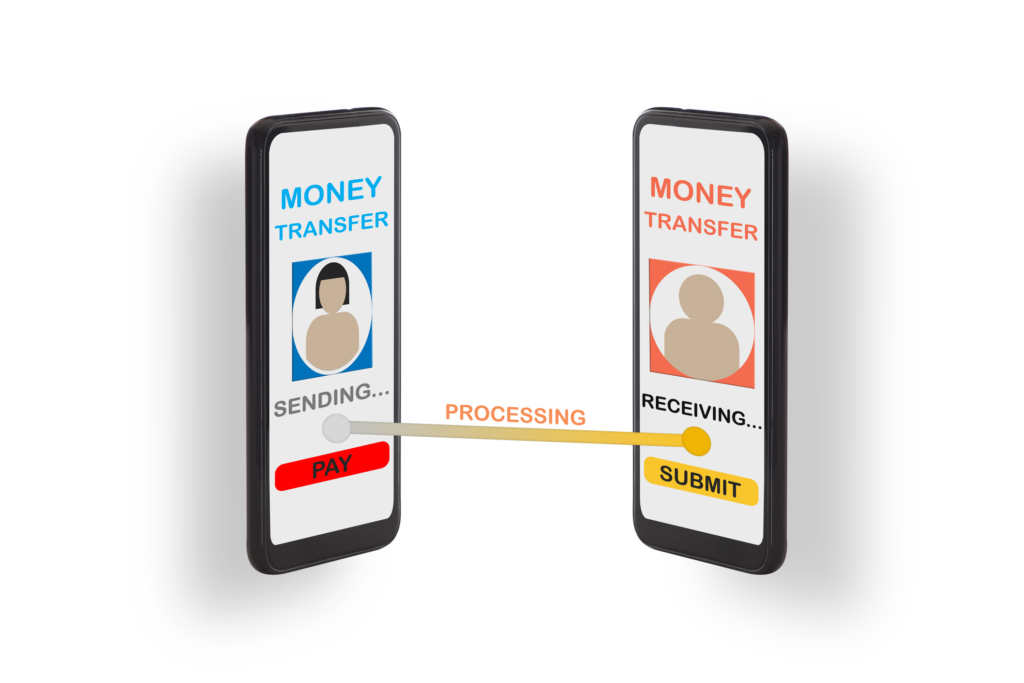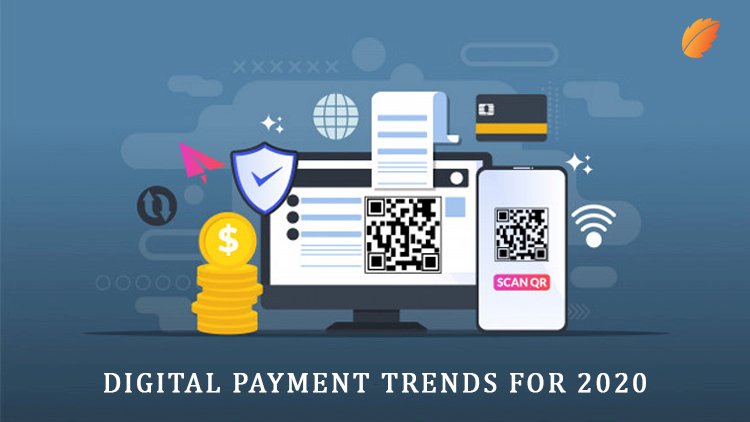AUTHOR : EMILY PATHAK
DATE : 20 / 10 / 2023
In the fast-paced digital landscape, the payment industry[1] has seen significant transformations[2] in recent years, and 2020 was no exception. The evolving preferences of consumers, rapid technological advancements, and the ever-changing [3]regulatory environment have all contributed to shaping the payment industry in 2020. This article delves into the most noteworthy trends and changes that defined the payment sector during that year.
Introduction
The payment industry has been experiencing a rapid transformation[4], driven by technological innovations and changing consumer demands. In this article, we will explore the key trends that defined the payment sector in 2020[5] and also continue to shape its future.
Rise of Contactless Payments
One of the most significant trends in 2020 was the widespread adoption of contactless payments. With the ongoing concerns about hygiene and the need for convenient transactions, consumers increasingly turned to contactless methods using NFC technology.

Mobile Wallets Gain Traction
Mobile wallets, such as Apple Pay and Google Pay, continued to gain traction in 2020. These digital wallets offered users a secure and convenient way to make payments, further reducing their reliance on physical credit cards.
Blockchain and Cryptocurrency Integration
Blockchain technology and cryptocurrencies like Bitcoin have made a significant impact on the payment industry. Many businesses have explored integrating blockchain to improve transparency and security in their payment processes.[1]
Increased Emphasis on Security
With the rise of digital transactions, security has become a paramount concern. Payment service providers put a stronger emphasis on ensuring secure payment processes and safeguarding sensitive data.
AI and Machine Learning in Fraud Prevention
The use of artificial intelligence and machine learning in fraud detection and prevention saw substantial growth. These technologies helped identify and combat fraudulent activities more effectively.
Cross-Border Payment Solutions
2020 witnessed the growth of cross-border payment solutions.[2] These services facilitated international transactions, making it easier and more cost-effective for businesses to engage in global trade.
Merchant Services Evolve
Merchant services have evolved to provide businesses with a broader range of payment options. This development aims to enhance the overall shopping experience for customers.
Consumer Preferences Drive Innovation
Payment companies began to focus more on understanding and meeting consumer preferences. Customized payment solutions became the norm, allowing users to select their preferred methods.
Regulatory Changes and Compliance
The payment industry faced an ever-evolving regulatory environment. Compliance with regulations, such as GDPR and PSD2, remained a top priority for businesses.
The Impact of the COVID-19 Pandemic
The COVID-19 pandemic accelerated the shift towards digital payments[3]. Consumers and businesses embraced digital transactions to minimize physical contact, leading to a surge in online payments.
Sustainability and Green Banking
Sustainability became a buzzword in the financial sector. Many payment providers adopted eco-friendly practices and offered green banking solutions to meet the growing demand for environmentally responsible financial services.
Rise of Contactless Payments
Contactless payments, characterized by the tap-and-go method using Near Field Communication (NFC) technology, witnessed a significant surge in 2020. This growth was driven by the need for safer and more convenient payment methods, particularly in the wake of the COVID-19 pandemic. Shoppers, both online and in physical stores, gravitated toward contactless payments due to their speed and reduced physical contact, making transactions more hygienic.
Mobile Wallets Gain Traction
The popularity of mobile wallets continued to grow in 2020. Leading tech giants such as Apple and Google introduced innovative features to their digital wallets, attracting users and encouraging them to leave their physical wallets behind. The convenience of having all payment methods and loyalty cards in one digital app appealed to consumers, and businesses started to embrace these solutions to cater to this trend.
Blockchain and Cryptocurrency Integration
The integration of blockchain and cryptocurrencies has made significant strides in the payment industry. Blockchain’s decentralized and immutable nature appealed to businesses, enhancing transparency and trust in payment processes[4]. Cryptocurrencies like Bitcoin and Ethereum gained traction as a means of payment and investment. While cryptocurrencies introduced exciting possibilities, they also posed challenges related to regulation and security, prompting discussions and innovations in these areas.

Increased Emphasis on Security
Security[5] emerged as a primary concern in the payment industry in 2020. As digital transactions became more prevalent, so did the threat of cyberattacks and data breaches. Payment service providers invested heavily in enhancing their security measures. Encryption, tokenization, and multi-factor authentication became standard practices to protect sensitive data and also prevent fraud.
AI and Machine Learning in Fraud Prevention
Artificial intelligence and machine learning played a pivotal role in combating payment fraud. These technologies could analyze vast amounts of transaction data, identifying irregularities and potentially fraudulent activities in real-time. They allowed payment providers to respond quickly to potential threats, reducing losses and ensuring a secure payment environment.
Biometric Authentication
Biometric authentication methods, such as fingerprint and facial recognition, gained popularity as secure ways to confirm one’s identity during transactions.
Peer-to-Peer Payment Systems
P2P payment systems, like Venmo and PayPal, continued to gain popularity. These systems enabled users to send money to friends and family with ease.

Conclusion
The payment industry in 2020 was marked by transformative trends. It saw a rapid shift towards contactless and digital payments, the integration of blockchain and cryptocurrencies, a stronger focus on security, and the impact of the COVID-19 pandemic. Moreover, sustainability, consumer preferences, and regulatory compliance played pivotal roles in shaping the industry’s landscape.
With these changes, the payment industry is poised for continued growth and innovation in the coming years.
FAQs
1. Are contactless payments more secure than traditional methods?
Contactless payments are generally considered secure, as they utilize encryption and tokenization to protect your card information.
2. How has the COVID-19 pandemic impacted the payment industry?
The pandemic accelerated the adoption of digital payments as people sought contactless transaction options.
3. What is the future of blockchain in the payment industry?
Blockchain is expected to play a significant role in enhancing transparency and security in payment processes.
4. How can I ensure the security of my mobile wallet? To enhance mobile wallet security, use strong PINs or biometric authentication and keep your device updated with the latest security patches.
5. Are green banking solutions becoming more popular?
Yes, there is a growing demand for green banking solutions as people become more environmentally conscious.





